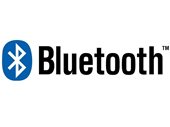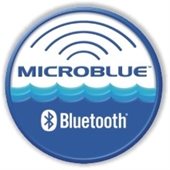The Bluetooth interface can wirelessly connect multiple devices relatively easily and can exchange data such as audio files, images, video, SMS or connect a speaker or headset.
It is commonly compared to WiFi technology, but tends to differ in order to offer lower power consumption and costs, but on the other hand the range and speed of data transmission is usually lower. Bluetooth creates a PAN (Personal Area Network) or a small personal network, while WiFi creates a LAN (Local Area Network) or a local network that extends with protocols similar to the Internet.
The flow rate varies according to the "class". Class 1: 100 mt., class 2: 10 mt., class 3: 1 mt. Since class 3 is too limited in its capacity and class 1 is too invasive in its consumption, class 2 is the most used class. Another mention should be made of the version, which has now reached 5.0 (presented on 16/06/2016), where, however, subsequent versions offer backward compatibility to previous versions. The latest versions (from 3.0 and up) even have the ability to switch to the Wifi connection therefore with a much higher data transmission rate than the first Bluetooth versions.
The connection between devices is relatively simple. The device can search for devices in the area with Bluetooth enabled. If the device you are connecting to requires a password, it must be specified. At this point the "pairing" can take place, i.e. the actual connection with the other device.
In the nautical sector, the Bluetooth interface is mainly used for hands-free functions such as Cobra Marine's Microblue technology and to connect to the boat's stereo to listen to music on the smartphone or stream it. Others, such as Kestrel, use it on small portable devices, where low power consumption is required, to transfer data to a PC and thus be better processed through appropriate software.

